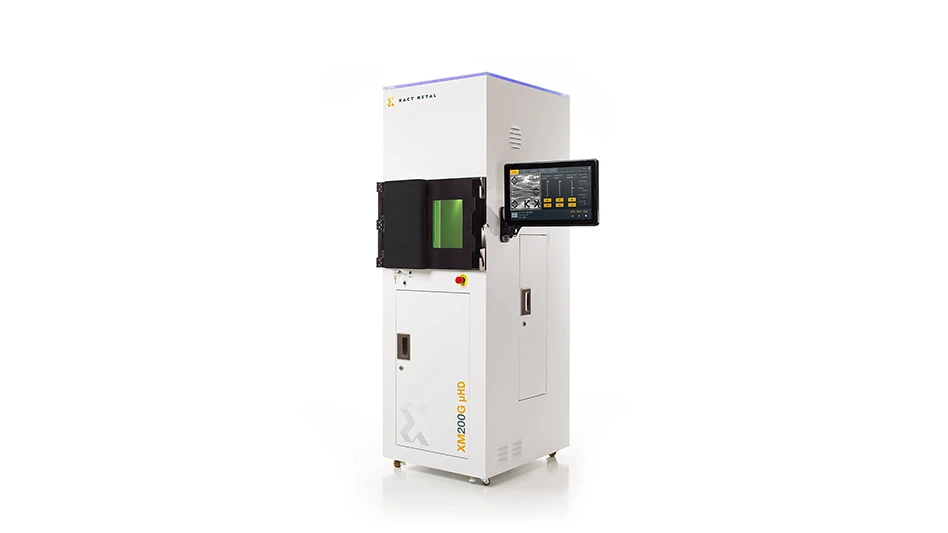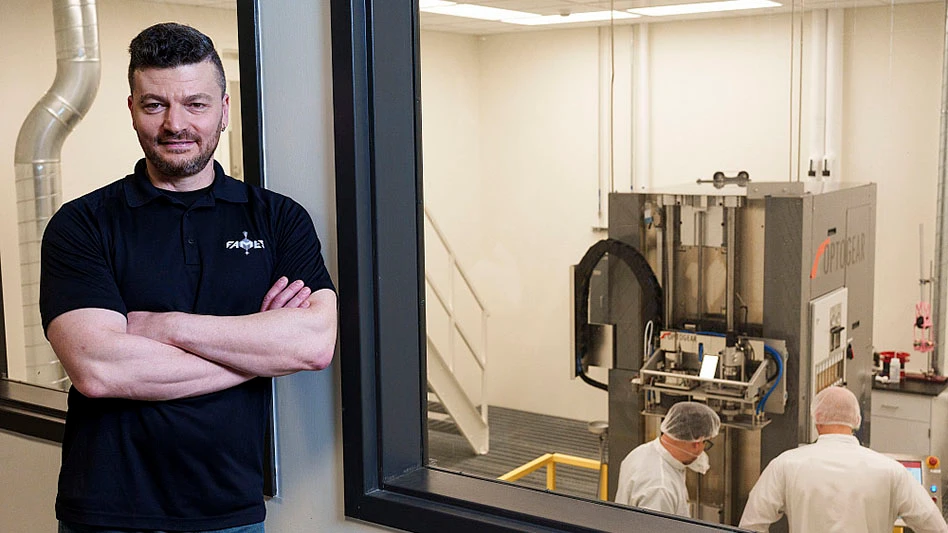The forecast report now uses the AMTDA/AMT “Net new orders for U.S. machine tool consumption.” Reports through the first quarter of 2011 used U.S. company shipment data from the Current Industrial Reports.
Cutting machine tool U.S. consumption orders gained 10.2% in 3rd quarter compared to 2nd quarter Forming machine tool U.S. consumption orders gained an impressive 41.4% Cutting machine tool orders in the third quarter were $1,403 million compared to $1,136 in the second quarter. When seasonal variations are taken into account* orders gained 10.2%. The quarter was 65.6% better than the year-ago third quarter and the 12-month total ending with September was 94.1% above the previous 12 months.
 Forming machine tools orders were $200 million in the third quarter compared to $134 in the second quarter. This is a seasonally adjusted gain of 41.4%. The quarter was an impressive 234.1% above the year-ago third quarter and the 12-month period was 128.5% above the previous 12 months.
Forming machine tools orders were $200 million in the third quarter compared to $134 in the second quarter. This is a seasonally adjusted gain of 41.4%. The quarter was an impressive 234.1% above the year-ago third quarter and the 12-month period was 128.5% above the previous 12 months.
*We base seasonality factors on the annual share of orders per quarter over a span of years, currently from 2005-2010. For cutting machine tools, we estimate 23.3% of orders in the 1st quarter, then 23.2%, 26.0%, and 27.5%. Forming machine tool seasonality is: 22.7% (1st quarter), 23.5%, 24.7%, and 29.1
 Forecast
Forecast
While the recovery from the recession has been disappointingly slow, industrial production continues to be the bright spot. The industrial production index is well above its recession low, although it has not returned to the “boom” levels of 2007-2008. Meanwhile U.S. machine tool consumption has exceeded those levels and reached highs not seen for over a decade.
 Cutting Machine Tool orders for U.S. consumption in the third quarter exceeded the prerecession high. Orders will continue to grow, but at a slower rate. There should be 65.8% growth in 2011 balanced by a 13% slowing in 2012 and gains of around 6% in 2013.
Cutting Machine Tool orders for U.S. consumption in the third quarter exceeded the prerecession high. Orders will continue to grow, but at a slower rate. There should be 65.8% growth in 2011 balanced by a 13% slowing in 2012 and gains of around 6% in 2013.
Forming Machine Tool consumption orders have had two consecutive strong quarters. Orders are now on track to double in 2011 compared to 2010, gaining 106.4%. They are expected to dip 16% in 2012 and then increase slightly in 2013.
 Some Other Forecasts
Some Other Forecasts
Gross Domestic Product – The first estimate for the third quarter GDP was an encouraging 2.5% annual rate following 1.3% in the second quarter and a pitiful 0.4% in the first. The forecast has 1.8% gains this year followed by 2.3% in 2012 and 3.1% in 2013.
 Industrial Production – The industrial production index leveled off in the second quarter but started to pick up in the third quarter. The index number for October shows a spurt of renewed growth. It appears that the Japan tsunami in March had a dampening effect on industrial production in the second quarter. With that in mind, the forecast has been raised and calls for 4.0% growth this year followed by 3.4% in 2012 and 3.9% in 2013.
Industrial Production – The industrial production index leveled off in the second quarter but started to pick up in the third quarter. The index number for October shows a spurt of renewed growth. It appears that the Japan tsunami in March had a dampening effect on industrial production in the second quarter. With that in mind, the forecast has been raised and calls for 4.0% growth this year followed by 3.4% in 2012 and 3.9% in 2013.
Light Vehicle Sales – Light vehicle sales (U.S. sales of vehicles assembled in the U.S., Canada, and Mexico) are showing some significant gains and are solidly above their recession low, although they still remain well short of the pre-recession highs. Sales are on track to end this year up 9.3% followed by a 5% increase in 2012 and stronger growth in 2013.
Forecasting Your Own Orders
If you follow the U.S. machine tool consumption pattern, you can forecast your own orders by multiplying your total 2010 orders by these Quarterly Forecasting Factors (QFFs). However, you should first check to see if you do follow the industry by making a “backwards” forecast - multiply your 2010 orders by the QFFs for the 2008 through 2011 quarters to see if the results are close to your actual orders for these quarters.
 The machine tool data formerly used in these reports was series MQ333W (shipments) from the Current Industrial Reports published by the Census Bureau. This series is scheduled to be discontinued. The data now used for the forecast report is a different measure of machine tool demand. It is net orders for U.S. machine tool consumption, published by AMTDA & AMT.
The machine tool data formerly used in these reports was series MQ333W (shipments) from the Current Industrial Reports published by the Census Bureau. This series is scheduled to be discontinued. The data now used for the forecast report is a different measure of machine tool demand. It is net orders for U.S. machine tool consumption, published by AMTDA & AMT.
Understanding the Cyclical Forecast Method
A Yr/Yr curve (also called a 12/12 curve) is a plot of the percent change in orders for the years ending in Jan, Feb, etc, over the years ending with the same month one year earlier. This rate of change curve shows how rapidly growth is increasing or decreasing. The business cycle has a dominating effect on Yr/Yr growth curves for many industries. We make this forecast by comparing the timing of turning points of Yr/Yr curves for machine tool orders with the curves of indicators that lead in the business cycle. The overall pattern of cutting machine tool growth is similar to the industrial production curve. The graph below shows cutting machine tool order yr/yr growth compared to the Purchasing Managers Index, a good leading indicator for industrial production. The PMI curve has been offset two quarters for easier comparison. The yr/yr growth patterns for forming machine tool orders tend to be a good match for vehicle sales offset by two quarters.
For more ideas on how to make and use growth curves in your forecasts (no charge), or to have forecasts for your company made with the same forecasting techniques used in this report, contact Deborah DeWolf Allen, 928-443-5422 or email debbieallen@cableone.net.
Growth for total machine tool orders (cutting plus forming machine tools) stood at +97.1 in September, which means that orders in the 12 months ending with September 2011 were 97.1% higher than the twelve months ending September 2010. The third quarter was 76.8% above the yearago third quarter. The growth curve for total machine tool orders is on track to finish this year 69.3% better than 2010. This will be countered by a 14% loss in 2012. Growth will become positive again by the end of 2013, with around 5% gains.
Latest from Today's Medical Developments
- GrindingHub Americas launches in 2027 in Cincinnati, Ohio
- Methods Machine Tools now offers the Nakamura-Tome NT-Flex
- Battelle awards $900,000 in STEM education grants to Ohio schools
- #55 Lunch + Learn Podcast with KINEXON
- Starrett and Gerstner offer limited edition, American made 1950s replica wooden machinist tool chests
- EMCO’s UNIVERSALTURN 50: The new benchmark in universal turning
- Archetype's Expertise for Equity accelerates early-stage innovation
- Stratasys expands its AM solutions with Tritone's cutting-edge technology





